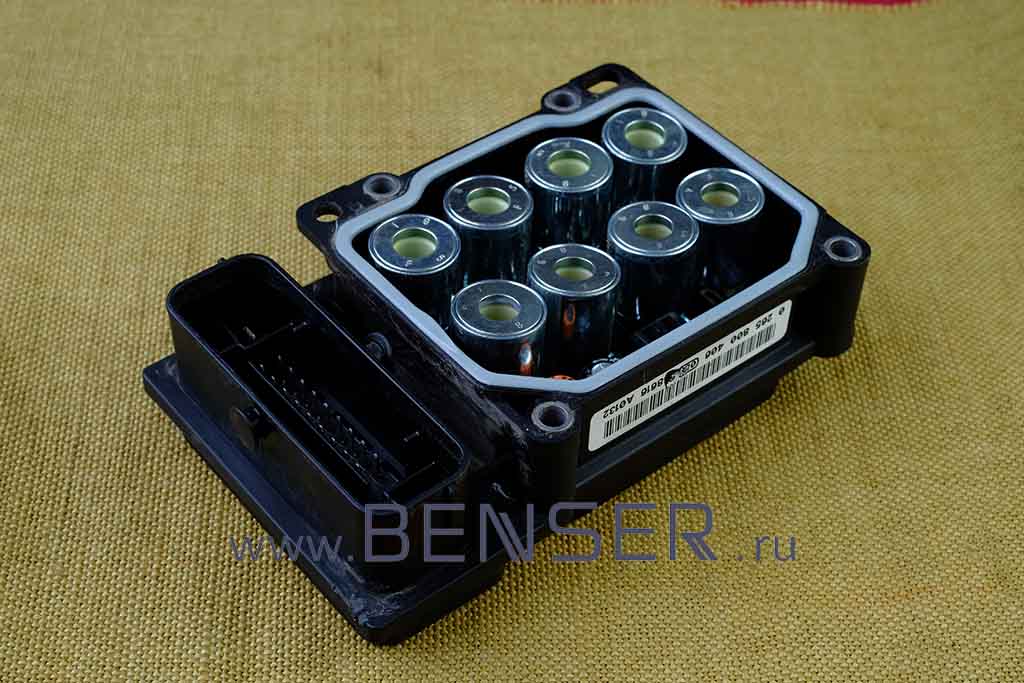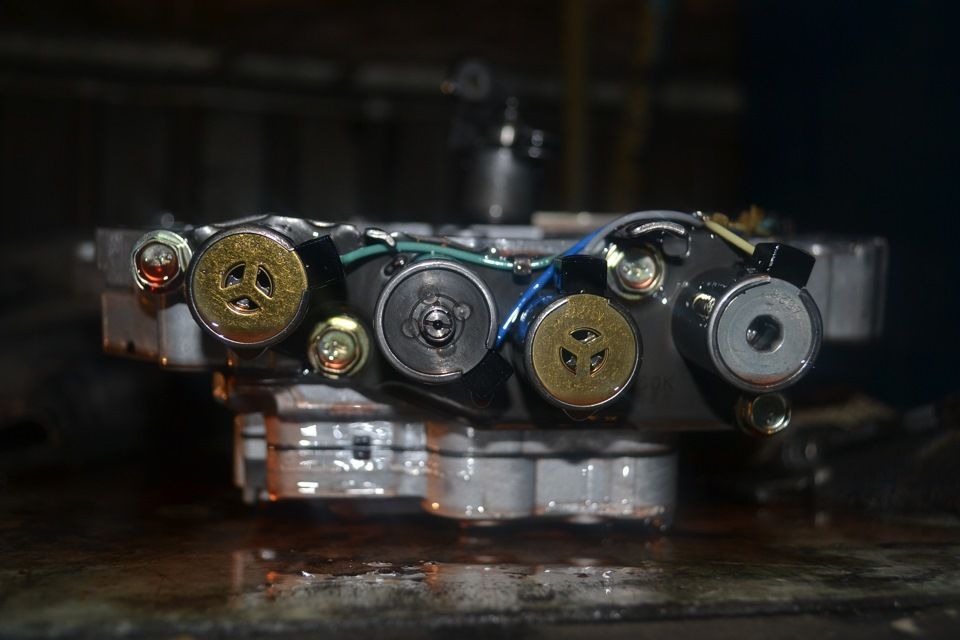
How to add brake fluid to your car
Automotive brake fluid is essential for the proper operation of your vehicle's brakes. Check the condition of the brake fluid and top up if it is low or has changed color.
A good braking system is critical to the overall health of your vehicle, as well as to your safety and the safety of your passengers. While replacing worn parts of the brake system, such as brake pads, is extremely important, there are many components that tend to be ignored in inspections. One of the most important components to check is brake fluid, which plays a key role in keeping your brakes working.
Here's how to add brake fluid to your car:
How to add brake fluid
Park your car on level ground - Make sure the vehicle is stationary and on a level surface. If the vehicle is moving or on a steep slope, the fluid level may not be read correctly.
Press the brake pedal 20-30 times. - Some manufacturers indicate that this must be done if the vehicle has an anti-lock braking system (ABS).
FunctionsA: If your car does not have ABS, you can skip this step. If you're not sure if you have ABS, do it anyway.
A warning: The brake pedal may become hard when you do this with the engine off, which is normal. Normal pedal feel will return when the engine is restarted.
Locate the brake fluid reservoir - The brake fluid reservoir is usually located under the hood, on the driver's side, at the rear of the engine compartment, or at the base of the windshield.
Functions: In some vehicles, the brake fluid reservoir is located under the plastic access panel.
Functions: Some vehicles require extensive removal of under hood panels to gain access to the brake fluid reservoir. If this applies to your vehicle, it may be best to have a professional perform this service for you.
Check the brake fluid level - Most modern cars use a clear plastic reservoir with MAX and MIN marks. If you have this type, you should see if the brake fluid is between these marks.
Check liquid color — Brake fluid becomes contaminated during normal use. Clean liquid has a light golden color, dirty liquid becomes dark amber. If yours is dark, you should see a professional for a brake fluid flush. Some older cars have a metal reservoir with a metal cap that needs to be removed to see the level. If this style suits you, move on to the next step. If the brake fluid level is between the marks and the fluid looks clean, you are done. Great job!
Functions: By shining a flashlight into the reservoir, you can see the fluid level if the reservoir is dirty or difficult to see through.
Open the fluid reservoir by removing the lid - If your brake fluid level is below the minimum mark or you cannot see the brake fluid level with the cap on, you will need to carefully remove the cap.
Clean the tank - Take a clean rag and wipe off all dirt and grease from the lid and top of the tank. You may need to disable the level sensor if it is built into the lid.
Remove the cap — Remove the cap by pulling it straight up, unscrewing or releasing the metal spring clip, as applicable.
Add brake fluid to reservoir - Slowly add brake fluid to the reservoir until the correct level is reached. Be sure to use the correct brake fluid for your vehicle. Consult your user manual or see a professional to determine the correct fluid.
A warning: Do not fill above the maximum line, fluid needs additional tank space to expand as conditions change.
A warningA: Be careful not to spill. If you do, clean it up quickly.
close the tank - Replace the fluid reservoir cap. Put on the cap the same way you took it off.
Functions: Don't forget to connect the sensor if you had to unplug it.
Congratulations! You did it! Your brake fluid is now at the correct level. If the fluid was low, there could be a problem in the system, such as wear on the brake system components.
Brake system
Let's start with a basic explanation of a car's brake system, as understanding the system is critical to understanding why brake fluid is so important. The basic hydraulic brake system consists of a master cylinder, brake fluid and fluid reservoir, brake lines, and brake calipers (disc brakes) or wheel cylinders (drum brakes) that apply force to the brake pads or pads in each of the brake pads. four wheels.
The brake pedal is directly attached to the master cylinder, where brake fluid is distributed to each wheel via separate brake lines. Mounted above the master cylinder is a brake fluid reservoir that uses gravity to supply fluid to the master cylinder. When you press the pedal, the master cylinder begins to put pressure on the fluid. Since liquids cannot be compressed, this pressure becomes motion. Fluid travels through the brake lines and sinks into each brake caliper or wheel cylinder. There, fluid pressure acts on the brake pads or pads, causing the wheels to stop.
Why is this important?
This guide applies to most vehicles, but depending on the specific model, there may be options that require additional work or professional service.
Brake fluid is hygroscopic, meaning it absorbs moisture, including moisture from the air. Do not leave the reservoir or bottle of liquid open longer than necessary. Since the fluid is hygroscopic, it should be flushed every 2 years regardless of the color or condition of the fluid. This ensures that there is no moisture in the liquid causing corrosion of the parts inside.
Brake fluid damages painted surfaces - even a drop can cause damage. Wipe up any spills immediately with a household cleaner or degreaser and a clean rag.
If the brake pedal is low or soft, it is recommended that you seek the help of a qualified technician, as this may be a sign of a more serious problem.
If you need to add any fluid, you should have the brake system checked by a qualified technician, such as one of the many available through AvtoTachki, who can come to your home or work to service your vehicle.

